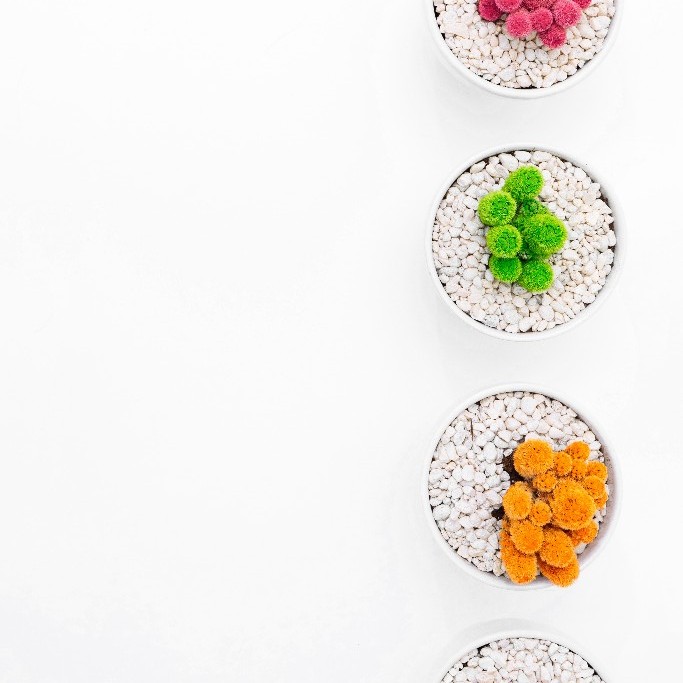As a rule, the complex biology and spatial organization of tissues and solid tumors pose a scientific and diagnostic challenge that is not sufficiently well addressed by standard immunohistochemistry (IHC) procedures. How come this is the case? The answer is that single IHC staining provides data on only one marker at a time. So, how do you stain multiple proteins in the same cell or tissue?
Immunohistochemistry (IHC) is the golden standard for the diagnosis of human diseases. In fact, to diagnose diseases like cancer, preclinical scientists and clinicians need to functionally profile individual cells within the tissues to grasp how diseases arise and progress. This, for example, helps to identify different subtypes of tumor cells and to tailor individualized therapies.
Conventional IHC is limited by spectral overlap which puts a restraint on the number of colors you can image in one section. For chromogenic detection, this is usually limited to 5 dyes. Novel stable dyes offering other colors have increased the dynamic range of multiplexing. Iterated immunostaining involving cyclic removal of the primary reagent and repeated image capturing is commonly used, albeit time-consuming.
Visualizing multiple proteins in single staining may be accomplished by multiplex IHC.



